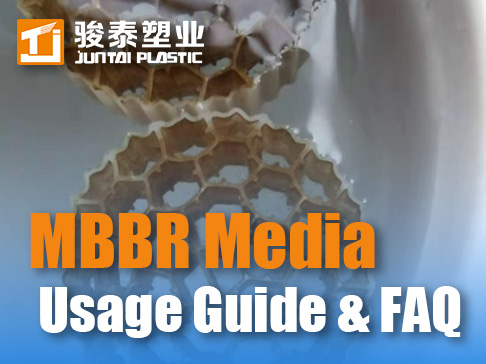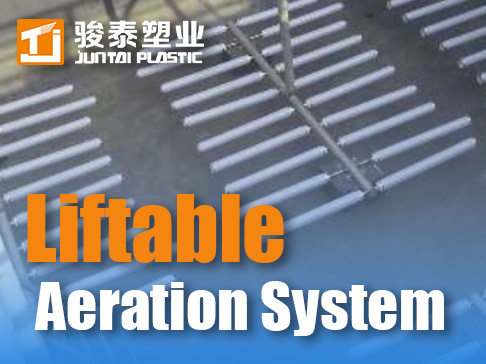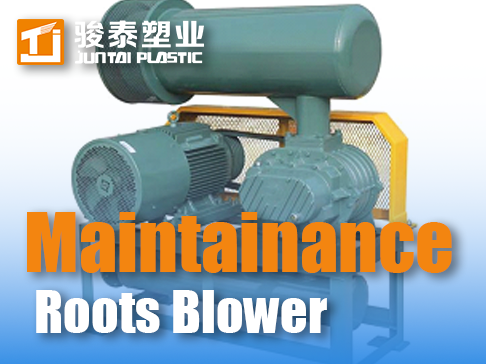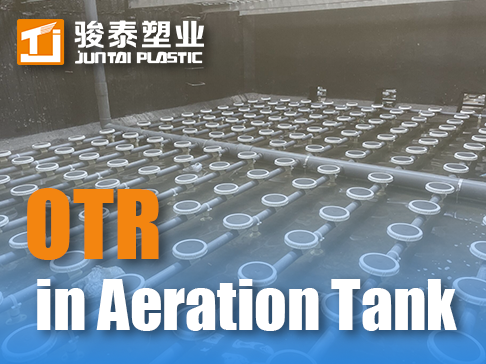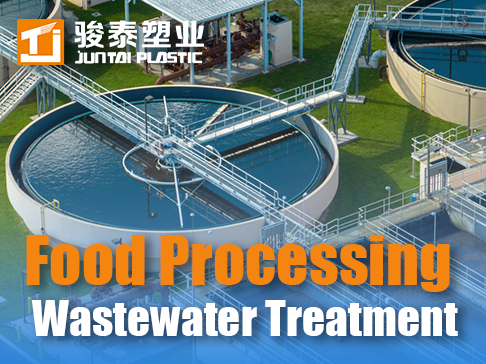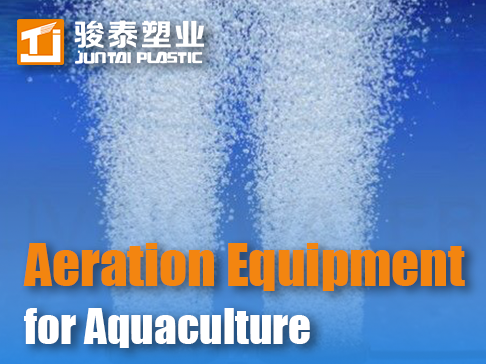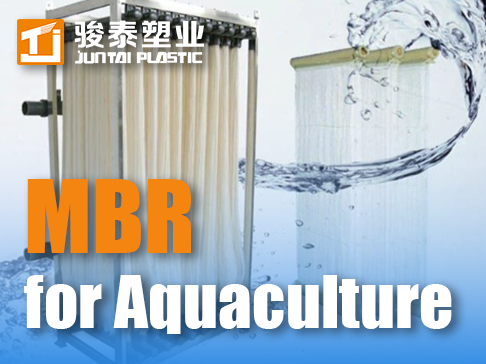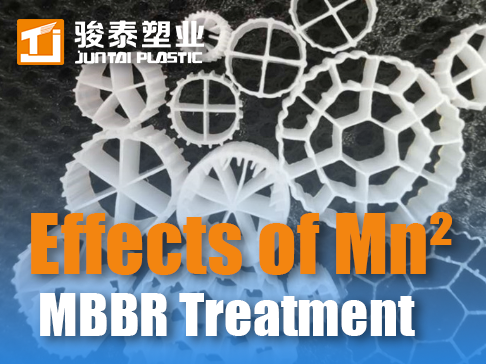 +86 13600513715
+86 13600513715 MBBR for Aquaculture: Slash Ammonia & Boost Fish Growth in RAS Systems
The Silent Killer in Fish Farming: Ammonia Toxicity
In intensive aquaculture Mbbr Systems, ammonia (NH₃/NH₄⁺) is the primary threat, causing gill damage at >0.02 ppm. Traditional biofilters fail during feeding peaks when total ammonia nitrogen (TAN) spikes to 5-8 ppm. Juntai's moving bed biofilm reactor Mbbr Technology introduces specialized carriers that:
-
Achieve 95% TAN removal at 10°C (vs. 40% in trickling filters)
-
Reduce nitrite accumulation to <0.1 ppm (critical for larval survival)
-
Handle 3x higher stocking densities without water exchange
Norwegian salmon farms using mbbr system for wastewater treatment report 22% faster growth rates and 30% lower mortality – all anchored to biofilm carrier engineering.
Biofilm Architecture: The Ammonia-Nitrogen Conversion Factory
1. Nitrifier Enrichment Technology
Conventional plastic media host 10³ nitrifiers/cm² – Juntai's mbbr biofilm carriers sustain 10⁷/cm² through:
-
Micro-channel design: 200-500μm grooves protecting Nitrosomonas/Nitrobacter from shear
-
Cation exchange sites: Sulfonated surfaces concentrating NH₄⁺ ions
-
Oxygen gradient control: Aerobic shell (DO>4mg/L) over anoxic core
This enables TAN removal rates of 350g/m³/day – 5x higher than Kaldnes carriers in tilapia RAS.
2. Heterotrophic Balance Mechanism
Overfeeding triggers organic surges that outcompete nitrifiers. Our biochip mbbr carriers feature:
-
Zoned colonization: Outer layer (COD removal) → Middle layer (nitrification)
-
EPS management: Hydrophilic/hydrophobic patterns regulating carbon flux
-
Predator micro-zones: Ciliates consuming excess bacteria
Result: Stable nitrification at C:N ratio 8:1 (normally requires <5:1).
Performance Comparison: Aquaculture Biofilter Technologies
*Table: Operational data from 100-ton/year fish farms*
| Parameter | MBBR with Juntai Carriers | Fluidized Sand Filter | Bead Filter |
|---|---|---|---|
| Ammonia Removal (%) | 95.2 ± 1.8 | 88.4 ± 3.1 | 76.5 ± 5.2 |
| Nitrite Peak (ppm) | 0.08 | 0.35 | 1.2 |
| O₂ Consumption (kg/kWh) | 1.8 | 3.5 | 4.1 |
| Backwash Frequency | Never | 2x/week | Daily |
| Stocking Density (kg/m³) | 85 | 55 | 45 |
| Survival Rate (%) | 94.3 | 86.1 | 78.5 |
Engineering Solutions for Aquaculture Challenges
1. Cold-Water Nitrification Breakthrough
Arctic char farms struggle below 8°C where nitrification halts. Our solution:
-
Psychrophilic strains: Candidatus Nitrotoga arctica immobilized in micro-pores
-
Thermal buffering: HDPE carriers (0.44 W/m·K) retaining metabolic heat
-
Low-Km ammonia oxidase: Engineered enzymes working at 2°C
Icelandic trials show 0.5 ppm TAN at 4°C – previously unattainable.
2. Salinity Adaptation Technology
Marine vs. freshwater systems require different microbiomes:
-
Brackish water (15-25ppt): Halotolerant Nitrococcus carriers
-
Full seawater (35ppt): Carrier-embedded quorum sensors inducing glycine betaine synthesis
-
Hybrid systems: Zoned mbbr tanks with salinity-gradient biofilms
3. Disease Prevention Mechanisms
Mbbr filter media reduce pathogens through:
-
Biofilm shielding: 3μm pore exclusion of Vibrio
-
Allelopathic control: Pseudomonas strains secreting anti-AHPND compounds
-
Probiotic enrichment: 10⁹ CFU/g Bacillus spores in carrier matrix
Shrimp farms report 80% reduction in antibiotic use.
Case Study: Chilean Salmon RAS Retrofit
A 500-ton facility faced:
-
Ammonia spikes to 5 ppm post-feeding
-
25% mortality during smoltification
-
Daily backwashing consuming 15% water
Juntai's mbbr bioreactor solution:
-
Installed 120m³ mbbr carrier volume (35% fill ratio)
-
Used triple-zone carriers:
-
Outer: Organic removal (PP mesh)
-
Middle: Nitrification (HDPE chips)
-
Core: Denitrification (anaerobic mbbr section)
-
-
Results:
-
TAN maintained at 0.3 ppm despite 8kg/ton feeding
-
Nitrite never exceeded 0.1 ppm
-
Water exchange reduced from 300% to 5% daily
-
ROI: 14 months
-
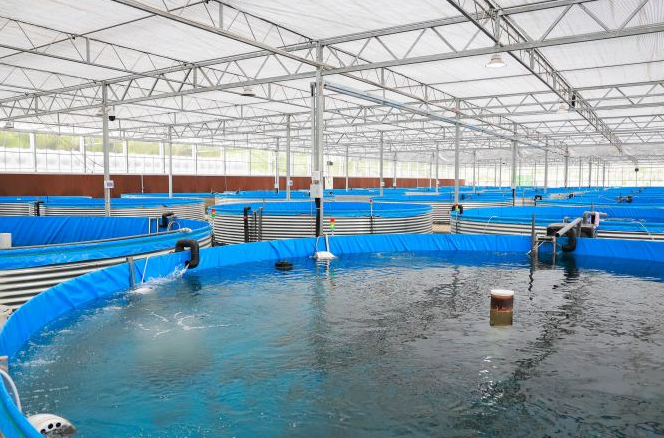
Future Innovations: Smart Aquaculture MBBR
1. Nutrient-Recycling Carriers
-
Struvite precipitation: Magnesium-coated surfaces capturing phosphorus
-
Nano-cellulose traps: Adsorbing dissolved organics for biofloc production
-
Denitrifying algae: Diatom-coated carriers consuming NO₃⁻
2. AI-Driven Biofilm Optimization
-
Machine vision: Tracking biofilm color indicating health
-
Ammonia predictive control: Adjusting feeding based on sensor data
-
Auto-dosing probiotics: Releasing Bacillus during stress events
3. Integrated Aquaponics Modules
-
Plant root carriers: Growing lettuce/tomatoes in NFT channels
-
Vermicompost integration: Worm beds consuming excess biofilm
-
Bivalve filtration: Mussels polishing effluent




